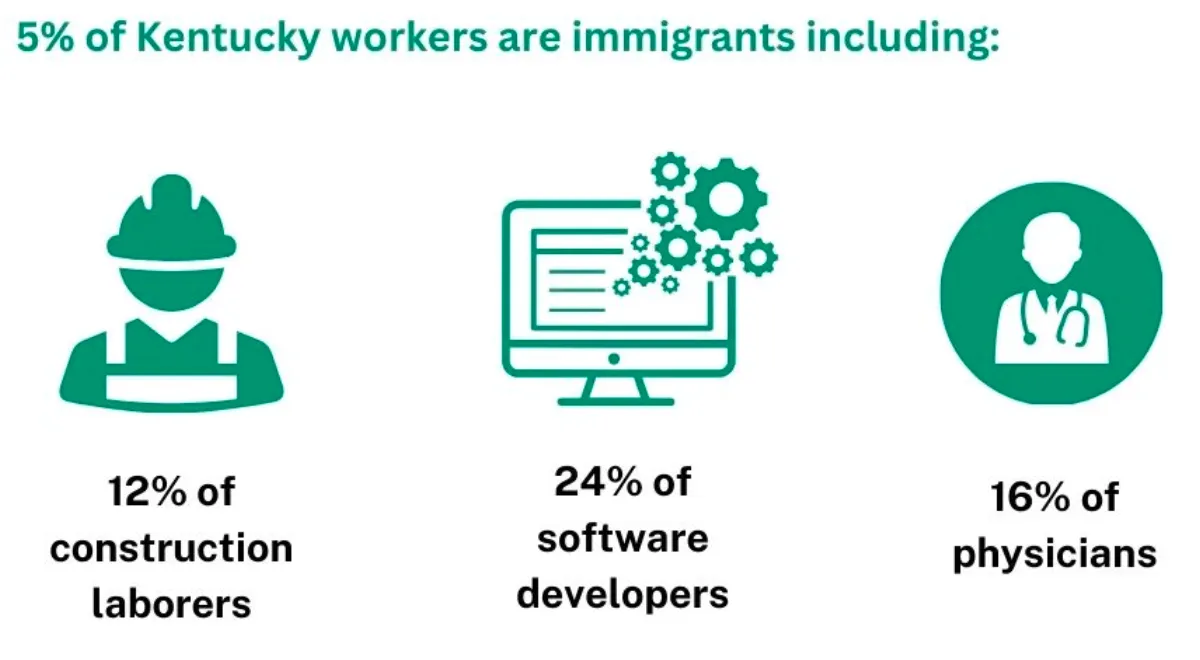Table of Contents
Local governments across the country are in a frenzy. The cause of this excitement is a program establishing “Opportunity Zones” in hopes of spurring development in economically tenuous communities.
Opportunity Zones (OZs) were added to the tax code as part of the Tax Cuts and Jobs Act of 2017. The program designates certain communities as Opportunity Zones, and allows investors to avoid the typical capital gains tax by investing in projects within those zones, the idea being that the potential tax savings will cause an increase in development in those areas.
The idea was developed by the Economic Innovation Group, a think tank started by Sean Parker, the founder of the file-sharing site Napster.
The frenzy comes not just from potential investment but an end-of-year deadline. To get the most tax benefit out of the program, project investment would need to be made by December 31 of this year.
So what are these OZs, anyway?
The focus of the program is low income census tracts. To meet the criteria, a tract must have a poverty rate greater than 20%, have a median income less than 80% of the rest of the state or metro area, or in some cases simply border a low income area. Governors could pick up to 25% of their states’ eligible tracts for the program.
In Kentucky, there are 144 OZs in 84 counties, and cities and regions across the state have been marketing themselves heavily. Louisville, Bowling Green, and Northern KY have all developed prospectuses to help show investors what they have to offer. Lexington, Paducah, and Owensboro have also been promoting their zones, and generally following the advice of Governor Bevin, who stated that we should welcome “those who come out of the graciousness of their heart to help up.”
Sounds good, right? Yes … but some concerns have come up.
Possible problems with Opportunity Zones
Investment in already growing areas
A major concern with OZs is where any investment will actually go. The goal is to make areas which are less well-off economically, and especially rural areas, attractive to investors.
However, there are 8,700 OZs in the US, all with the same basic tax advantage from the program. This leads investors to simply go to the less financially vibrant neighborhoods in larger urban areas, where they can draw from surrounding wealth. To overcome this, cities are looking for other ways to stand out, which unfortunately takes the form of offering even more tax breaks, which cuts revenue and doesn’t help the community.
This concern is certainly justified. In previous versions of this concept, over 80% of investment went to cities. Even within urban areas, there is a worry that investment will go to already growing parts of town, so potential benefits to cities may also be uneven. In Louisville, for example, OZs have been declared in areas such as Portland, Nulu, and even parts of Crescent Hill.
Project would happen anyway; the OZ is just an extra cost to government
It is also likely that many of these projects would happen anyway. Tax breaks and incentives don’t do much to change the location calculus for new investment, and it is extremely unlikely that an area will attract investors with tax breaks who weren’t looking into the area in the first place. In this interview, a developer conceded that a project in Arizona would have been undertaken even without the OZ program
Not all investment is good investment
Other concerns deal not with where the investment may go, but what it may go towards. There are no real requirements for what type of development must take place in OZs. In addition, the tax breaks are based on investment, not employment, and as such there are no requirements for jobs to be created or local residents to be hired.
Elected officials tend to focus on potential positive outcomes, but there is no real basis for this optimism. Louisville Mayor Greg Fisher, for example, wrote that “these funds could help worthy projects” (emphasis added). And while it is true that socially beneficial development might take place, there’s really very little that would guarantee this other than, as Governor Bevin stated, the “graciousness” of developers.
Former UL Political Science professor Tim Weaver argues that projects like libraries and parks are truly helpful developments for communities, but these don’t make the kind of profit other development does. This means that developers are likely to focus on high profit ventures like real estate. Storage facilities, luxury apartments, payday lenders, and even charter schools all stand to take advantage of the program without helping the community.
Along with the incentive to build luxury apartments, the lack of regulation means that there is nothing stopping a developer from turning affordable housing into luxury housing, which will actively displace rather than help those living in low income communities.
We’ve seen this movie before
A final concern is that OZs are simply the most recent iteration of a policy theory that has been tried for decades:
- Enterprise Zones under Reagan.
- New Market Tax Credits and Empowerment Zones under Clinton.
- Promise Zones under Obama.
The idea behind these programs is that taxes are what caused economic deterioration in the first place, and that providing relief from these taxes through incentives will change things. As a whole, however, these programs have had no significant effect, or no effect that was worth the cost, anyway. The Joint Committee on Taxation estimates the program to result in a net loss of $1.6 billion in revenue.
The gap between theory and results exists because these programs attempt to use capitalism to address countless policy failures without actually ensuring that the capital will make it to the people that need it. These policies fail because the benefits always go to the investors, while people living in the communities are pushed out or drained of resources.
How to do opportunity zones better
While there are almost no federal requirements, local leaders can establish criteria for accountability. Development would still be subject to local ordinances, and cities can impose requirements for employment or housing (requiring that projects employ residents or that there is no net loss of affordable housing, for instance). Strong local guidance is vital for ensuring that development offers real benefits to communities.
And as there are so many OZs, the most effective thing to do is to build our communities up into the kinds of places that foster development on their own. Investing in education, infrastructure, and quality of life projects will bring about much better results than investing in tax breaks and giveaways. Making smart, effective changes to policy will allow us to grow without having to rely on the “graciousness” of developers.
Opportunity zones have created a tremendous amount of activity and hope across the state and country. But it will also take a tremendous amount of input, guidance, and regulation from communities to ensure that these opportunities are for everyone, and not just for developers.
–30–







